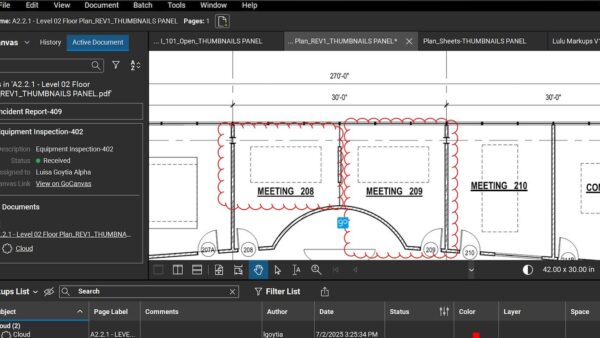It’s time for our institutions to step up and define the characteristics needed to be a BIM manager, says John McDermott, a building services engineer at WSP Parsons Brinckerhoff and member of the CIBSE BIM steering group
I am an engineer and BIM enthusiast who now cringes when I hear the word BIM.
I know I am not alone and I also know that the introduction of VDC (virtual design and construction), digital construction or, as I heard the other day, “we simply call it digital” (delivered in a very our BIM is better than your BIM fashion, void of all collaborative thought), will not stop this feeling.
To me this is the curse of the BIM manager.
The digitalisation of the construction industry is happening and along with this unfortunately comes the opportunists, people without the experience and knowledge needed to possess an understanding of the key drivers for the Government Construction Strategy 2011.
This comment piece is not aimed at the experienced construction industry professionals who have championed the BIM movement utilising their experience to drive change in their sector. I am questioning how we deal with the current BIM skill shortage, and how we define the skill set of a BIM manager/professional
Currently the profile of BIM managers I encounter is either a former CAD manager who has no real drive for change, or worse, a Revit modeller who knows what COBie is. Although there is a need for software-centric people, they are not the ones who should be leading the process.
The lack of clarity and the potential to exploit those unsure of BIM means that is it time for the chartered institutes to define the characteristics required to become a professionally certified BIM manager. This would not be a one-role-fits-all solution and would need a collaborative effort between CIOB, RICS, RIBA, ICE, CIBSE, and the IET.
Should our industry institutions define the characteristics needed to be a BIM manager? https://t.co/UePkn0Vx6v
— BIM+ (@CMBIMPLUS) May 6, 2016
In my opinion to drive change in, for example, the engineering profession, a BIM manager must have an understanding of:
- Design Management;
- Work flows specific to the discipline of which they are a BIM manger;
- A basic knowledge of construction law;
- A basic commercial understanding (we are fundamentally in business to make money);
- And, of course, an awareness of current technologies.
BIM roles need to be defined by discipline and the relevant chartered institutes need to work together so that they become prestigious and sought after on a par with CEng.
These roles may in the future die out and simple become part of being a chartered engineer, QS or architect, but currently I think their introduction is vital to ensure that BIM implementation continues to progress at the rate we have seen to date.
John McDermott is the author of the BIM blog Tangible BIM

The lack of clarity and the potential to exploit those unsure of BIM means that is it time for the chartered institutes to define the characteristics required to become a professionally certified BIM manager.– John McDermott, WSP Parsons Brinckerhoff














